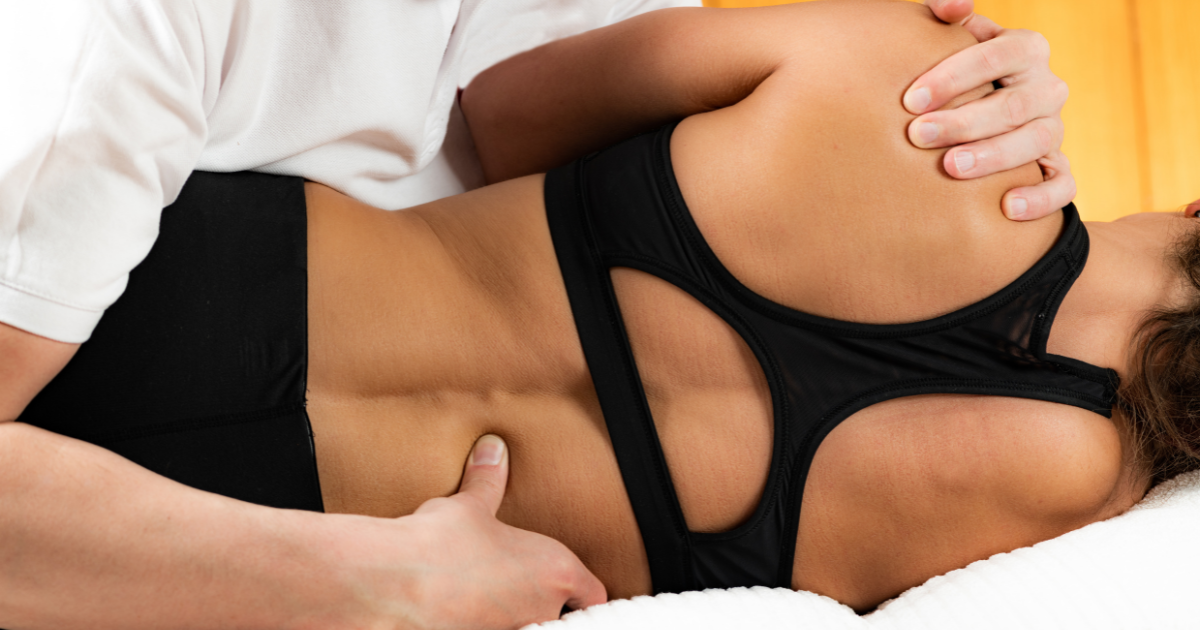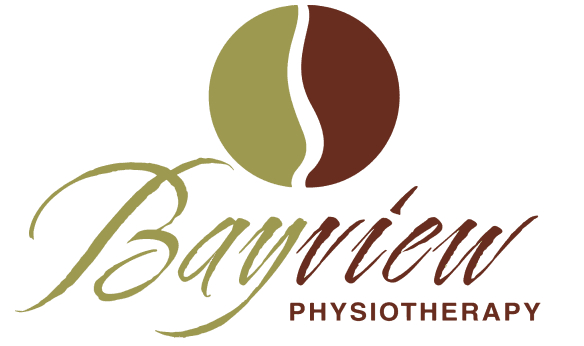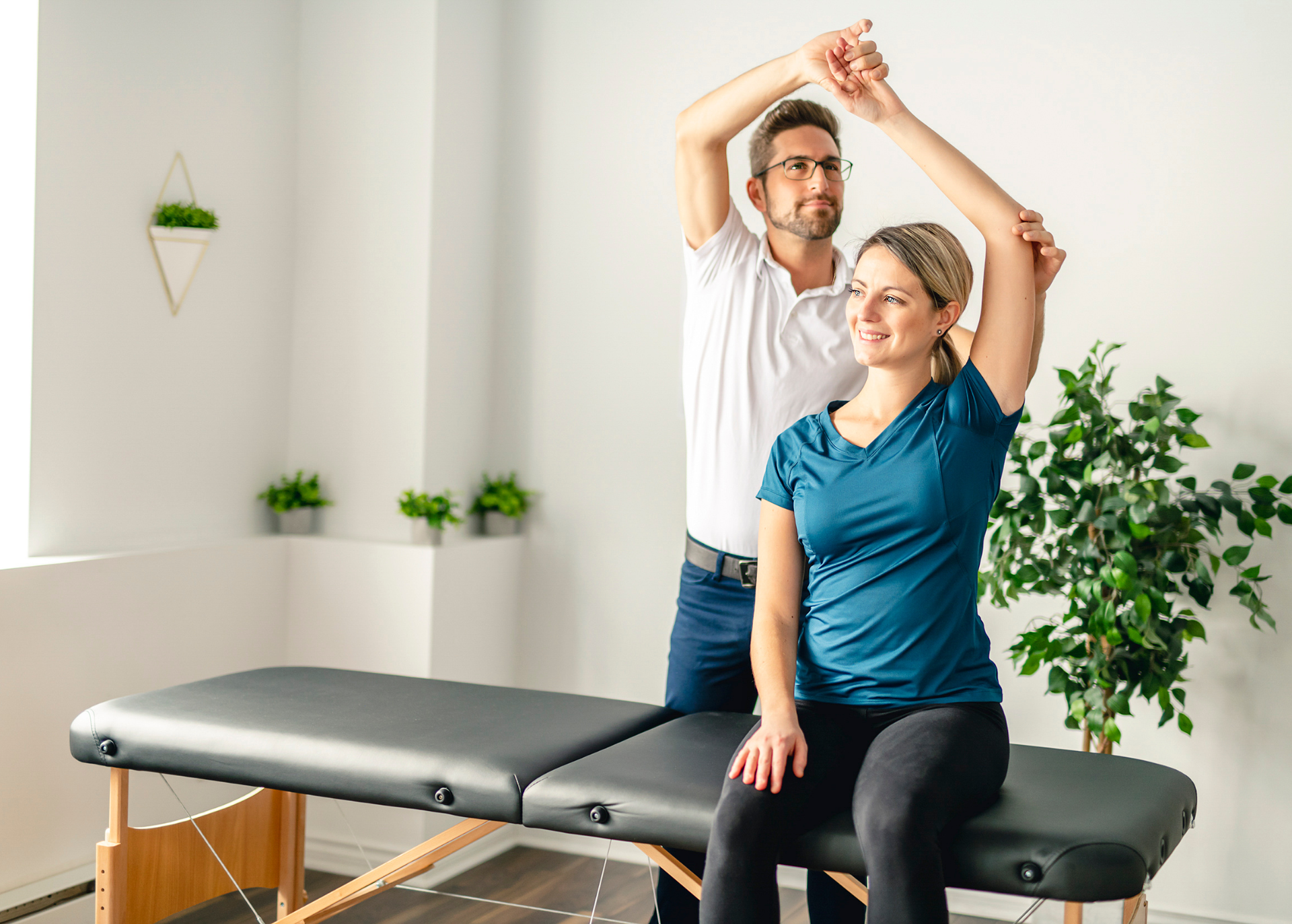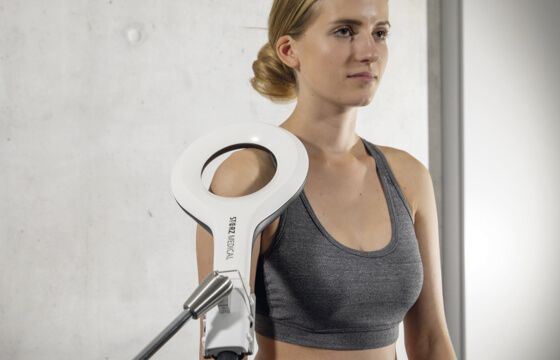Muscle Energy Technique Manual Therapy
Understanding Muscle Energy Technique: What It
Is and Why It’s Beneficial

Understanding Muscle Energy Technique: What It Is and Why It’s Beneficial
If you’ve ever experienced tight muscles, restrictions in your movement, or joint pain, you’re not alone. Many people seek out therapies to improve mobility and relieve discomfort—and one evidence-based, gentle approach is the:
Muscle Energy Technique (MET).
Whether you’re an athlete, someone recovering from injury, or just dealing with everyday muscle tension,
MET can offer relief and restore function safely.
What Is Muscle Energy Technique (MET)?
Muscle Energy Technique is a manual therapy tool commonly used by physiotherapists, osteopaths, chiropractors, and massage therapists. Unlike passive treatments where the practitioner does all the work, MET is active: you, the patient, play an essential role.
Here’s how it works:
- The therapist moves your muscle or joint to the point where more movement is restricted.
- You then gently contract a specific muscle or muscle group against resistance provided by the therapist. This contraction typically lasts 5–10 seconds.
- After relaxing, the therapist helps guide the muscle or joint further into its newly available range.
- This cycle is typically repeated a few times.
The controlled, gentle contractions help reset the muscle’s tension and promote
increased flexibility and mobility.
Why Does It Work?
MET is rooted in well-studied physiological principles:
- Autogenic Inhibition: Contracting a muscle activates sensors called Golgi tendon organs, which tell that muscle to relax afterwards. This paves the way for a deeper stretch and lengthening.
- Reciprocal Inhibition: Contracting one muscle (like your biceps) signals its opposing muscle (the triceps) to relax. By targeting the correct muscles, therapists can “unlock” stubborn tightness.
Types of MET
Two main types are commonly used:
- Post-Isometric Relaxation (PIR): The tight muscle contracts isometrically (without changing length), followed by a stretch.
- Reciprocal Inhibition: The muscle opposite the tight one is contracted, causing the tight muscle to relax.
When Is MET Used?
MET is versatile and beneficial for many situations:
- Restricted joint mobility (neck pain, back pain, frozen shoulder)
- Muscle tightness or shortening
- Poor posture
- Sciatica or nerve pain aggravated by muscle tension
- Mild scoliosis and leg length discrepancies
- Muscle injuries and contractures
Because it’s gentle and controlled, MET is generally safe for most people, except those with acute fractures, open wounds, severe osteoporosis, or certain cancers affecting the bones.
The Benefits: Why Choose MET?
- Active Participation: You’re involved in your recovery, which enhances awareness and improves outcomes.
- Gentleness: It’s much less forceful than other joint or muscle manipulation techniques, lowering the risk of injury.
- Customization: Techniques can be tailored to each person’s needs, body, and specific problem.
- Lasting Improvements: MET is designed not just for pain relief, but for restoring healthy muscle function and joint mobility—benefits that usually outlast your appointment.
- Versatility: It can be combined with other therapies or adapted for self-care with professional guidance.
Conclusion
Muscle Energy Technique stands out for its effectiveness, safety, and patient involvement. By using your own muscle contractions in a guided, therapeutic way, MET helps “reset” muscle and joint function, easing pain and restoring greater movement. If you’re seeking a gentle yet powerful therapy to help you move and feel better, MET is worth considering.
Always consult with a qualified healthcare provider to see if MET is suitable for your particular needs and condition.





